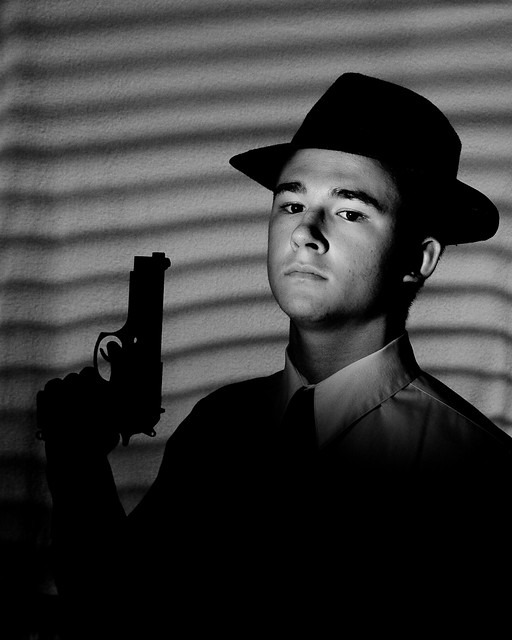Read the following passage taken from the book The Photographer’s Eye by John Szarkowski and answer the questions below.
‘To quote out of context is the essence of the photographer’s craft. His central problem is a simple one: what shall he include, what shall he reject? The line of decision between in and out is the picture’s edge. While the draughtsman starts with the middle of the sheet, the photographer starts with the frame. The photograph’s edge defines content. It isolates unexpected juxtapositions. By surrounding two facts, it creates a relationship. The edge of the photograph dissects familiar forms, and shows their unfamiliar fragment. It creates the shapes that surround objects. The photographer edits the meanings and the patterns of the world through an imaginary frame. This frame is the beginning of his picture’s geometry. It is to the photograph as the cushion is to the billiard table.’
Q. What does John Szarkowski mean when he says that photographers are quoting ‘out of context’ when they make photographic pictures?
-when a photographer takes a picture they chose to show only a part of the real story so while a picture could show one thing in reality it could be different.
Q. The frame often ‘dissects familiar forms’. At the end of the last century photography was having a major impact on Art. Impressionist artists such as Degas were influenced by what they saw. Look at these examples of Degas work, which clearly shows the influence of Photography, and explain why the public might have been shocked to see such paintings.
-When this was happening painting where what was held on a pedestal and photography was easy, when they then had a photo that was so good painters wanted it it showed that photography was a deal









